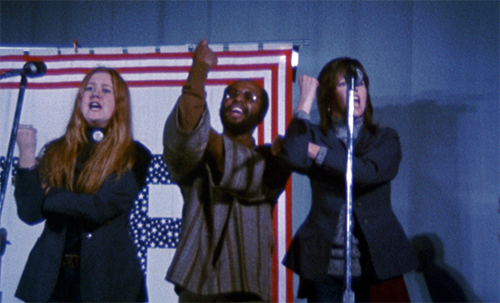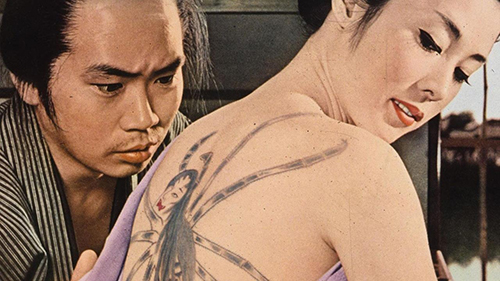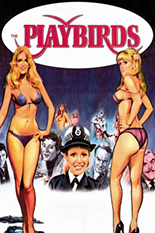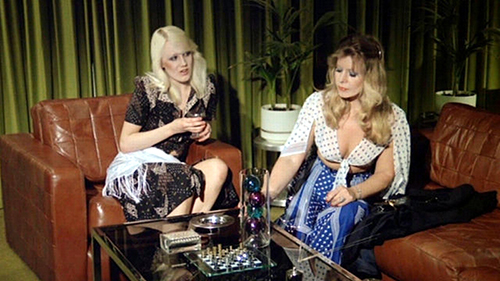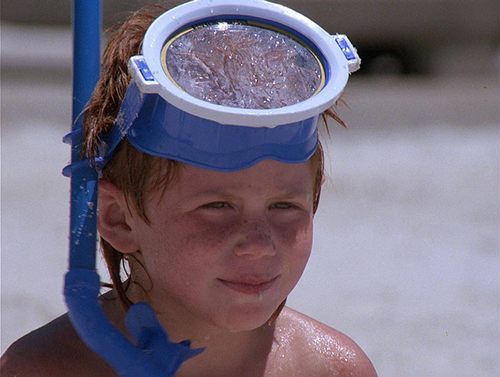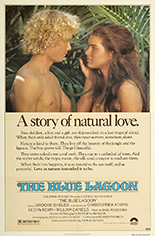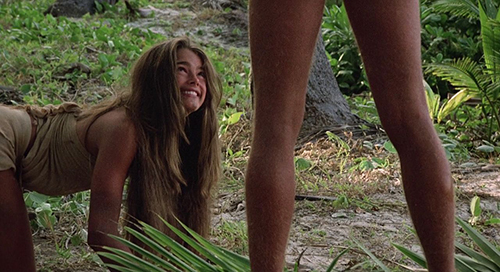
 Long hidden from the public eye for its supposedly controversial content, F.T.A. — translating to, in case you need to be riled up, “Fuck the Army” — is a documentary about the anti-military roadshow headed by Jane Fonda, already a controversial character in her own right, mostly for being a woman who dared to speak up against the war.
Long hidden from the public eye for its supposedly controversial content, F.T.A. — translating to, in case you need to be riled up, “Fuck the Army” — is a documentary about the anti-military roadshow headed by Jane Fonda, already a controversial character in her own right, mostly for being a woman who dared to speak up against the war.
Filmed over a few years in the early ’70s, this alternate-universe Bob Hope special went right to the military bases — or as close as they possibly could — and performed dated skits and songs about America’s then-current war with Vietnam and this intense need to leave, featuring interviews with servicemen who have experienced racism and other ills while in the military.
Along with Fonda, Donald Sutherland and a team of somewhat-comic actors perform mostly unfunny comedy bits written by the likes of Jules Feiffer and others, but the musical interludes by folk singer Len Chandler are rabble-rousing enough to forgive the inane jokes and lackluster parodies; I guess it was the only live entertainment anti-war protestors had at the time.
But where the film really succeeds is not only in the interviews with disgusted military men, but with the citizens in Asian countries where America kept (keeps?) its bases, as the local anti-war movement marches against soldiers being in their neighborhood; especially sobering and particularly moving is a trip to a Hiroshima museum.
The thing about F.T.A. that truly surprises me, however, is just how dangerous the American government considered Fonda and this film to be at the time — and probably even do now — attempting to stop the concerts and even reportedly forcing the doc to be pulled from theaters a week in its initial release. It kind of proves what a farce the First Amendment is, especially for the enlisted people who die to fight for it. —Louis Fowler

